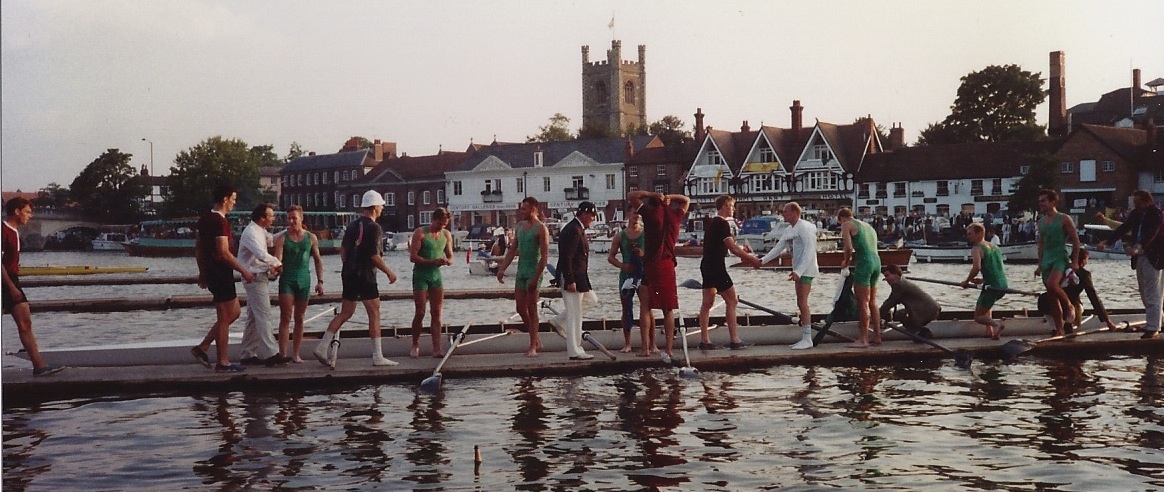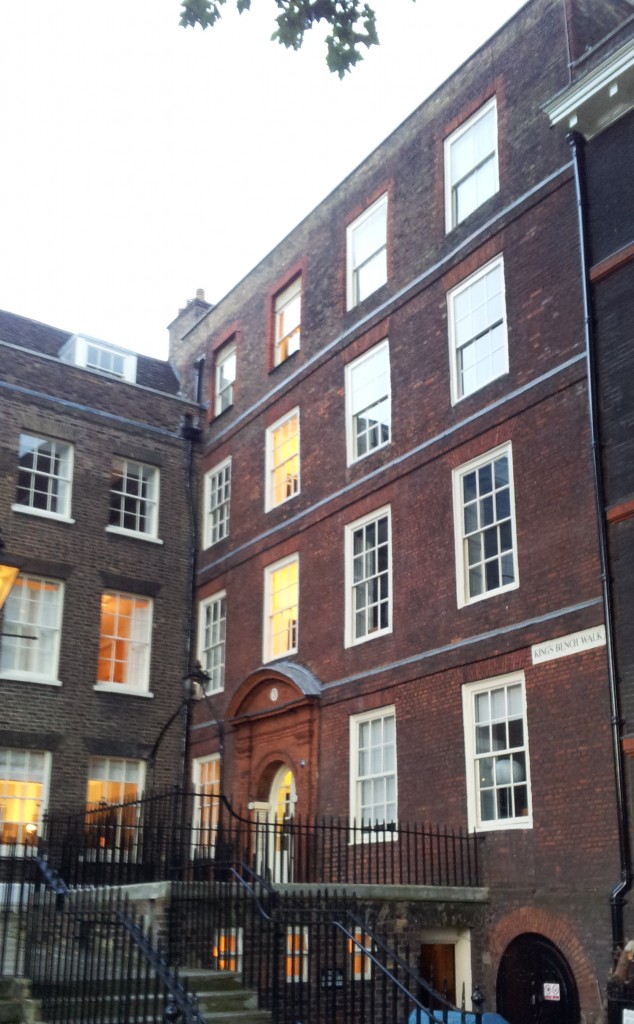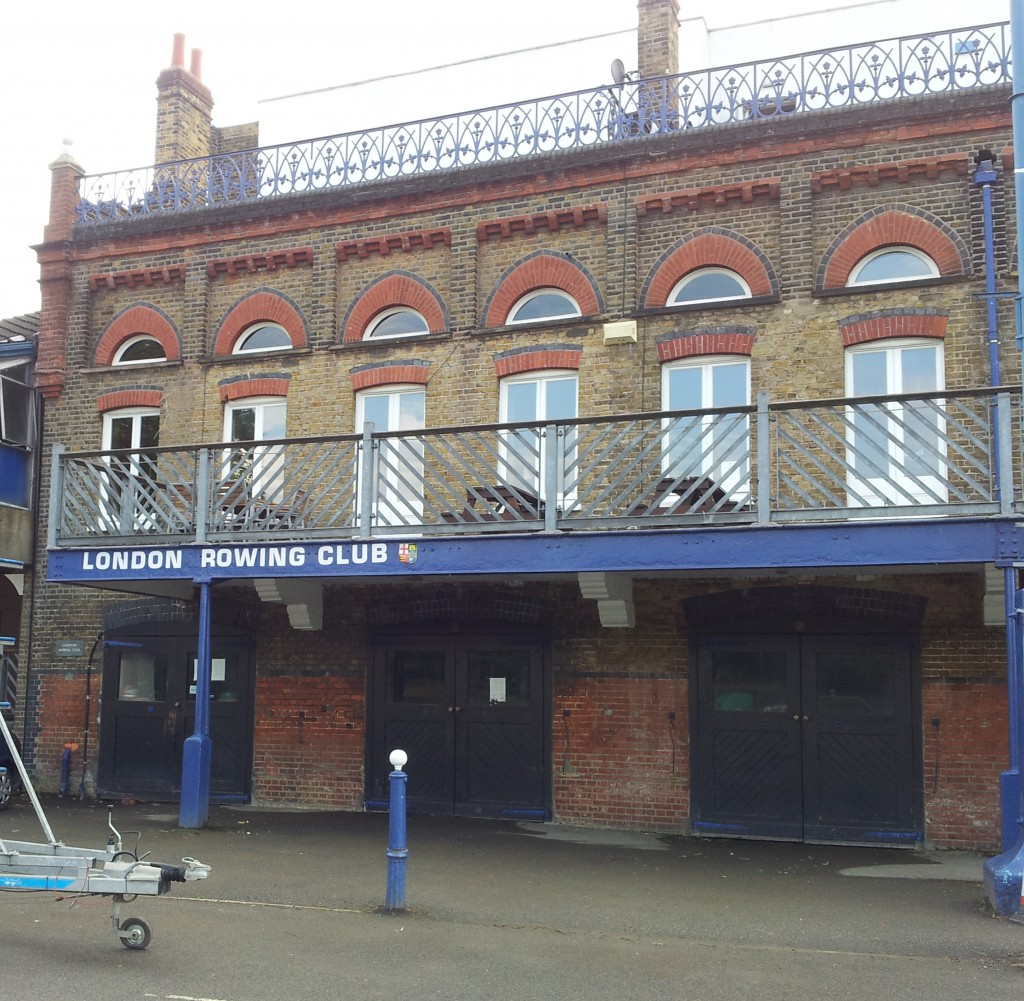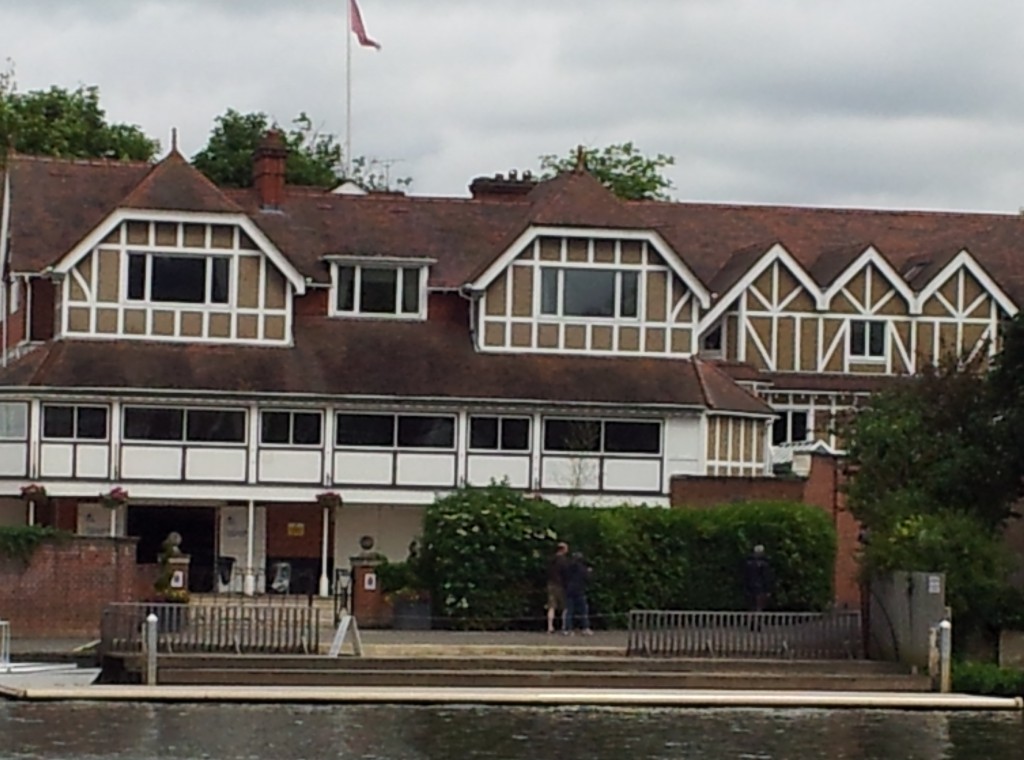UPDATED 21 October 2013
26 October 2013 marks the 150th anniversary of the founding of the Football Association at the Freemason’s Tavern, Great Queen Street, London.
On 30 April 2013, the FA launched a campaign to trace the descendants of those who were present at that inaugural meeting – the Founding Father’s of football. They published a list of eight men. Seven had been elected as the original officers at that inaugural meeting. Charles Alcock rose to prominence shortly after. On 21 October 2013, the eight were commemorated with a plaque at Wembley. Three of the eight were oarsmen.
Further research by Scottish sports historian Andy Mitchell reveals that five of the fifteen men known to have been present in October 1863 had a rowing connection.
Ebenezer Cobb Morley was born in Hull on 16 August 1831, the son of another Ebenezer Morley, a Congregationalist minister. He was baptised at his father’s Holborn Street Chapel. Local press reports suggest Morley Senior was a leading figure in the British Schools movement in the Hull area.
Little is known about the younger Morley’s education but he isn’t believed to have attended public school. He trained in Hull as a solicitor, qualifying in 1854 and at some point, he moved to London where he took chambers at 3 King’s Bench Walk, Temple.
Where and when Ebenezer took up rowing isn’t clear. Perhaps it was when he moved to Barnes in 1858 where he lived at 26 The Terrace overlooking Barnes Bridge and what is now Thames Tradesman Rowing Club. He joined London Rowing Club, on the Putney Embankment, close to the start of the Boat Race, and threw himself whole-heartedly into the club and the sport.
Various episodes of his rowing career are captured in Chris Dodd’s 2006 history of London Rowing Club Water boiling aft. He joined the committee at London in 1860. He founded Barnes & Mortlake Regatta in 1862 and served as Regatta Secretary until 1880. He became Hon Solicitor of London in 1862 and appears to have provided legal advice to the club for the rest of his life.
According to Water Boiling Aft, in May 1863 just six months before the founding of the FA, he rowed to his home town of Hull from London with three other London members, The journey, which traversed the canal network to the Trent, Ouse & Humber, totalled 300 Miles and 148 locks. In 1864 he rowed at 2 for London in a heat of the Grand Challenge Cup at Henley.
In 1865, Morley was elected to London’s the 12-strong Badge Committee which oversaw training, coaching and crew preparation.
He acted as starter for the London Rowing Club Athletic Sports held at Lord Ranelagh’s Beaufort House on 17 February 1866. Sporting Life reported a crowd of more than 1000. He would also officiate at varsity athletics meetings held on Boat Race day.
In 1870, he presumably handled the incorporation of the London Boat House Company which protects the ownership of London RC’s HQ to this day. He certainly witnessed the signatures of the original directors of the company.
So with all of this going on, the question arises, how did he get involved in creating the world’s most popular sport?
Local forms of football had been played in villages and towns across the country for centuries, often on holy days such as Shrove Tuesday or Good Friday. A handful are still played today.
Pupils at many public schools developed their own versions of football adapted to their local environments. For many schoolboys, football was an expression of their rejection of the authority of their schools. Progressive head masters recognised that organised sport opened up opportunities to counter and reshape this culture. It also chimed with growing emphasis on the fully rounded individual and the concept of “muscular Christianity”.
As pupils from this period started to move on to university they discovered that differences in rules meant games were largely restricted to groups of old-boys from a particular school.
At Cambridge in 1848, there was an early attempt at devising a compromise set of rules by which old-boys from all schools could play. These “Cambridge Rules” were updated in 1856 by a group of undergraduates that included old-boys from Eton, Harrow, Shrewsbury, Rugby and the University including the Old Etonian H. Snow – who had raced at 7 in that year’s victorious Boat Race Crew.
The Cambridge Rules were updated again in October 1863 by a group of nine which included representatives of Eton, Harrow, Rugby, Shrewsbury, Marlborough and Westminster schools. Eight of the nine were at Trinity College and were contemporaries of John Graham Chambers who would go on to author of the Queensberry Rules for boxing. Robert Blake-Humfrey, one of the Etonians, had played the field game alongside Chambers at school. Both rowed in the same Third Trinity Boat Club crew at Cambridge with William Shaw Wright, the Westminster representative.
Ebenezer Morley’s recorded football history starts when he founded Barnes Football Club in 1862. The club was based at Lime Fields, a short walk from his riverside home.
The correspondence pages of the burgeoning sporting press had been debating the rules of football for some years. In 1863, Morley himself wrote to Bell’s Life to propose a meeting with the objective of “…bringing about a definite code of laws for the regulation and adoption of the various clubs which indulge in this exciting and health promising winter pastime.”
A meeting was convened at Freemason’s Tavern on 26 October 1863. 13 clubs from the London area were represented but Charterhouse was the only major public school to attend. 11 of the clubs joined the Football Association formed at the meeting.
Morley was elected as the first secretary, a position he held for three years until 1866.
The FA’s first rule book was developed over the course of five meetings up to the end of 1863. There were protracted discussions over the extent to which the ball could be handled and whether hacking should be permitted. Morley was firmly in the camp that wished to limit handling and outlaw hacking. His view was that, “If we have hacking, no one who has arrived at the age of discretion will play at football, and it will be left entirely to the school boys.”
Influenced by the 1863 Cambridge Rules, the game defined by the first set of FA rules was still something of a hybrid that retained more handling of the ball than allowed today. It was the solicitor Morley who minuted the meetings and drafted the first FA rules. The minute book, in Morley’s long hand, is on public display at the British Library until 17 December 2013.
The first “official” match played under FA rules was between a President’s Side (selected by Arthur Pember, an investigative journalist) and a Secretary’s Side selected by Morley. The match was played in Battersea Park on 9 January 1864. The Presidents team won 2-0.
1866 saw the first match involving a representative FA team – against Sheffield FC. Morley scored the first goal. Sheffield is recognised by FIFA as being the oldest surviving football club in the world having been founded in 1857.
This match was significant for a number of reasons. The FA wore white shirts – setting the precedent for later England sides and the match was played under FA rules. The match duration was fixed for 90 minutes and the ball chosen was Lillywhite’s No 5 – the first recorded instance of either duration or ball size being specified. Both became football fundamentals.
At the 1867 AGM, Morley stood down as Secretary and became President of the FA. He would later be succeeded as secretary by Charles Alcock who has generally usurped Morley as “the father of football” in most football histories.
As president, it was Morley who presented the Cup to the victorious Wanderers side after the first FA Cup final in 1872.
Morley remained president of the FA until 1874 when the oarsman fades out of the history of football. However, he remained involved with London RC for the rest of his life. He died at his home in Barnes on 20 November 1924 at the age of 93.
The second oarsman at the inaugural meeting of the FA was Herbert Thomas Steward. His involvement in the FA appears to have been short-lived but he was unconsciously involved in creating another structure that has enormous influence in world sport today.
Steward was born on 9 November 1838 in Westminster. He was the son of Thomas Francis Steward, a maths teacher at Westminster School. Census returns suggest he lived in Deans Yard, within the school grounds, in 1841, 51, 61 and 1871 by which time he was 32 and his mother was widowed. Steward attended Westminster School as a pupil.
Growing up in Deans Yard, he would probably have witnessed games of Westminster’s version of football which has been described as “A particularly rough dribbling game” and allowed players to catch the ball and then kick it out of their hands. Running with the ball, however, was outlawed. The 150th anniversary football match between Westminster and Charterhouse was played on 18 September 2013.
Steward first comes to prominence in 1863. At the Freemason’s Tavern, Steward represented Crusaders FC. Like most of the founding members of the FA, it was a club that drew together old boys from a number of public schools. The Club quickly resigned from the FA because other schools weren’t participating – many commentators at the time were convinced the FA would fail without the support of the major public schools and their old-boy clubs. Crusaders would re-join some years later.
Earlier the same year he had been elected as the first Captain of Leander, the exclusive rowing club, serving until 1865. He was Honorary Secretary of the Club between 1866 and 1879 and both Captain & Secretary of Leander in 1868. He became a Steward of Henley Royal Regatta in 1879.
In 1881 he was a member of a sub-committee of the Henley Stewards that was asked to consider new governance and financial structures to secure the long-term future of Henley Royal. It was this sub-committee that proposed the creation of the Committee of Management. The proposal was endorsed by the Stewards but only fully implemented in 1885.
Steward was elected President of Leander in 1892, Chairman of Henley Royal in 1894, and achieved a triple crown in 1897 by becoming Chairman of the ARA (which had been founded in 1882).
In 1888, three years after the full implementation of the Henley Royal constitution that Steward had helped to formulate, Baron Pierre De Coubertin attended the regatta.
De Coubertin described the structure of the self-selecting group of Stewards, the smaller Committee of Management and its Chairman as “three concentric circles” made up of “those who were deeply committed, those who could be educated to the cause, and those whose position and influence could be useful.” This model was adopted as the basis of the IOC constitution at its foundation on 23 June 1894. (Arthur Oliver Villiers Russell, the Second Baron Ampthill was one of the original members of the IOC. He had been a member of the 1890 and 1891 Oxford blue boats, won the 1891 Grand and was a Henley Steward between 1894 and 1935.)
Professionally, Steward was an architect and surveyor. In 1904, he would be President of the Surveyor’s Institution. He designed Leander’s Henley clubhouse that opened in 1897.
HT Steward had four children. Both his sons would be elected Stewards of Henley Royal: Herbert Arthur was born 1878, elected Steward in 1913 and died 1948; Clifford Thomas was born 1881, elected Steward 1909, died 1943. Herbert Arthur’s son, & HT’s grandson, CTS Steward was also elected a Steward and served 1971-1981.
The FA published a profile of HT, as one of the Founding Fathers, on its website in August 2013 which appeared to have overlooked CTS Steward. It concluded that HT had no direct descendants beyond a daughter of Herbert Arthur who died having had no children in 1861.
The other oarsmen present at the birth of the FA were Thomas Dyson Gregory (London RC & Treasurer of Barnes & Mortlake Regatta), George Twizell Wawn (London) and Theodore Bell (Kingston RC).
(Based on notes prepared for a presentation to the Rowing History Forum, at the River & Rowing Museum, Henley-on-Thames, 11 October 2013)






